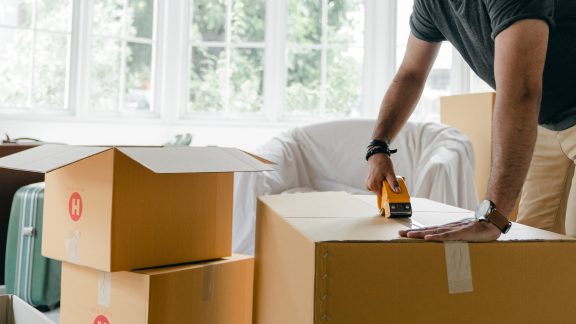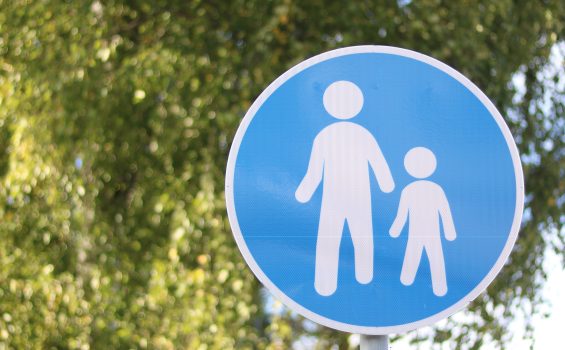
Renters Rights in a Changing Climate
2 March 2023
In order to adapt to climate change and to have a healthy, comfortable life we need adequate and suitable housing that provides protection from the heat, cold and storms; that allows access to a cool green local environment and encourages positive social and community engagement. Australian homes are some of the worst energy efficient homes in the world. They do not provide sufficient protection against the elements and for people who rent, the situation is worse.
During winter it is estimated there are over 10,000 deaths each year which can be attributed to the cold. A report by Better Renting stated that 5% of hypothermia deaths in Sweden were due to cold houses; compared to 84% in South Australia despite the higher temps in the latter during winter. This is because in Sweden they have higher building standards such as double glazing and high-quality insulation. Sweltering Cities, an organisation campaigning for climate equality, states that rising temperatures are a health emergency, and “heatwaves are already the biggest killers of all natural disasters in Australia.” That is heatwaves outdo bushfires, cyclones, and floods.
Between 2019-2020, 66% of Australian households owned their own home (either outright or with a mortgage), while 31% of households rented their home. With no laws in place to allow renters to improve the energy rating of their homes, this means about a third of the population have little control over how they will face climate change.
Renters face two major impediments to a healthy home – landlords do not have to meet minimum building standards on their investments and renters do not have security of tenure in order to seek adequate and effective repairs. According to the report by Better Renting, renters are four times more likely to struggle with inefficient homes and lack of access to cooling. What renters also need is ready access to objective data that shows the energy rating of their home.
Renters are also limited in other responses to minimising climate change such as participating in alternative energy projects, such as rooftop solar. Renters do not have control of fixtures on their premises. Unless the landlord agrees, they cannot install solar panels or power outlets for electric cars and their electricity must come from the main grid, which is increasingly expensive. Further they have even less access to features such as double glazing or good quality insulation.
What this means for renters is both opportunities and challenges. In the immediate future renters cannot rely upon the residential tenancy tribunal to make orders that landlords improve or upgrade their properties to meet minimum energy efficiency standards. But the opportunities provide a chance to work with a range of partners to encourage governments to introduce both building standards for new builds (including any new rental homes built in the future), and mandatory minimum energy efficiency standards for existing residential buildings (or existing rental homes). As well as the opportunity for positive community responses such as demanding increased vegetation and street shading in our common public spaces.
Sources
https://www.abs.gov.au/statistics/people/housing/housing-occupancy-and-costs/latest-release


Discussion